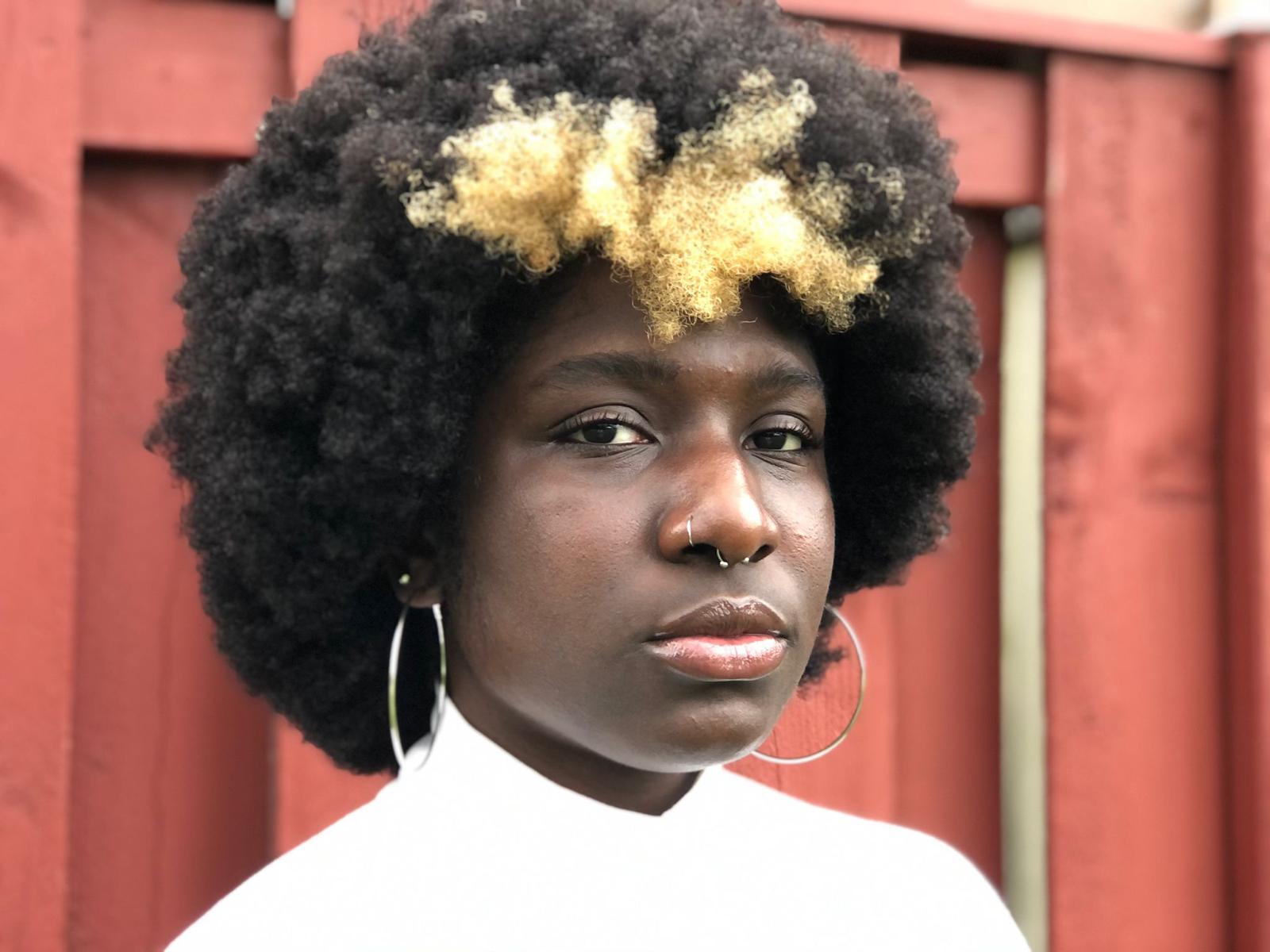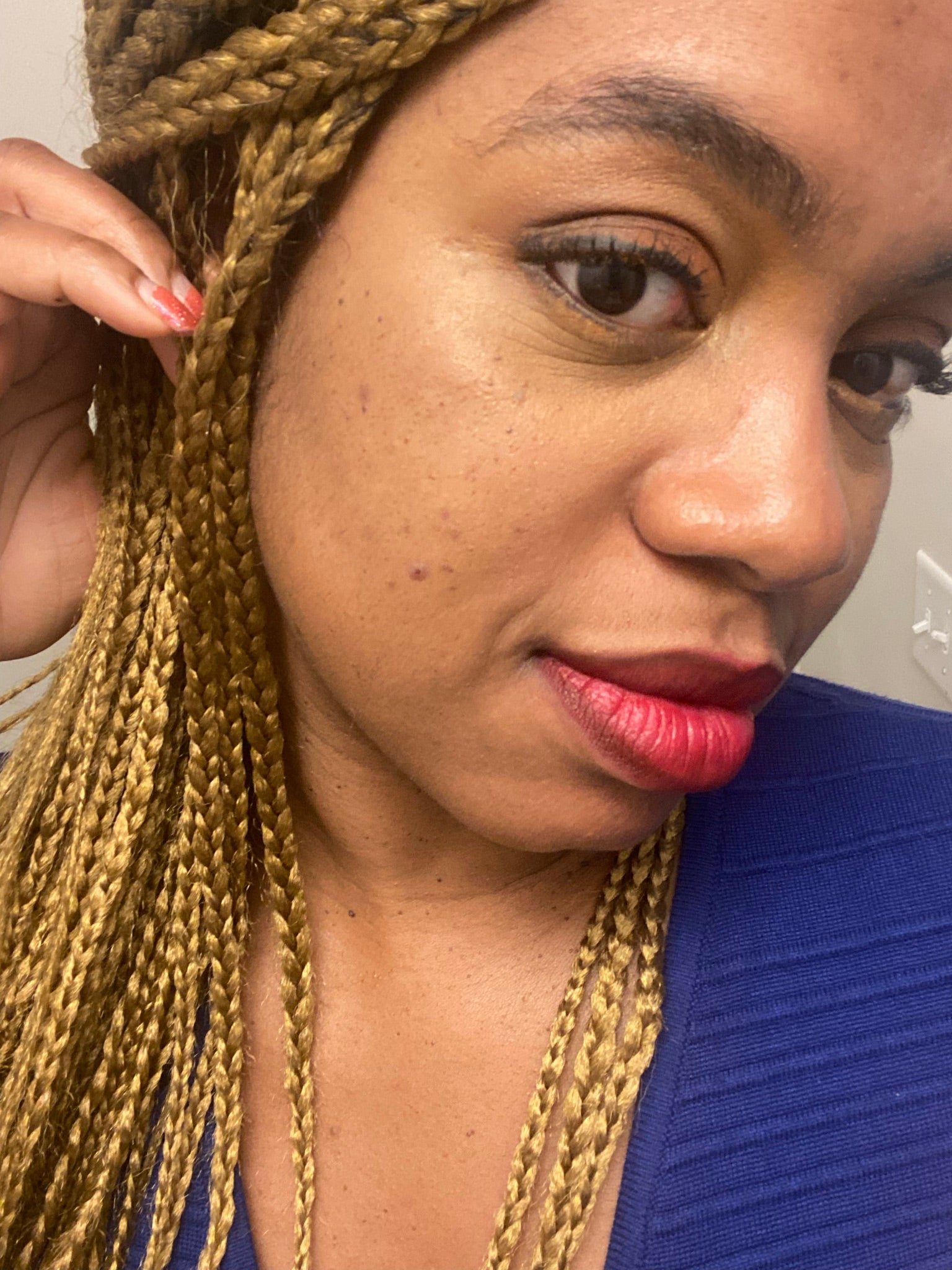
The Science Behind Dandruff
The science behind dandruff
Dandruff can be a real nightmare, and we do not realize that in most cases, it is actually a scalp condition caused by yeast Pityrosporum. It affects almost 50% of the world’s population and is common between ages 15 and 50.
We had a discussion with my sister, and she was telling me that every time that she has dandruff, and talks to someone, she feels like the person is only staring at her scalp. In those situations, she is so uncomfortable that she only wants to interrupt the conversation. While dandruff can be effectively attenuated, unfortunately, scientists reported that you can’t completely stop it.
In this short article, I am going to talk about the science behind dandruff. I will give you some tips and tricks that can be implemented to reduce the effects of dandruff on your scalp.
P.S: do not forget, you are BEAUTIFUL. Your hair is BEAUTIFUL!! Your skin is BEAUTIFUL!! Your wrinkles are BEAUTIFUL!!
Symptoms of dandruff
- Presence of fragments
- Itchy scalp
- Redness around the scalp
Causes
Many of us think that because the ends of our hair are mainly comprised of dead cells, it means that our hair is not an organ like any other organ. It is important to know that your scalp is made of living cells that produce molecules like sebum to lubricate your ends. That high concentration of sebum, sweat, and heat on your scalp, creates a favorable nest for the growth of microorganisms responsible for mycotic conditions (dandruff, seborrheic dermatitis, and tinea capitis), parasitic infestation (epiclesis capitis), and
inflammatory conditions (psoriasis). These scalp conditions share similar clinical manifestations of scaling, inflammation, hair loss, and pruritus.
- Internal causes of dandruff
- Hormonal imbalance
- Allergic hypersensitive
- Lack of rest and fatigue
- Improper nutrition and intake of fried foods and aerated drinks, fats, sugars, salts, chocolates, seafood, Peanuts, and lastly dairy products.
- Stress, anxiety, and tension
- External causes of dandruff
- Frequent use of hair sprays and gels
- Use of some synthetic hair: this is my issue here. Whenever I do box braids, I always end up with dandruff, it is awful!!! I have tried washing the hair in vinegar, but it doesn’t work. The only thing that can attenuate the itchy is a recipe I will share later.
- Infrequent shampooing of the hair or inadequate rinsing of the scalp can cause dandruff problems.
- Cold weather and dry indoor heating.
- Tight-fitting hats and scarves.
- Extreme weather, oily skin, and use of lotions that contain alcohol may increase the chances
- of dandruff
- Main cause of dandruff
- In most cases, dandruff is caused by a yeast called Pityrosporum Ovale. That yeast can be found in areas of the scalp where there is a lot of glands producing the sebum and sebum itself promotes the growth of this yeast.
Treatment
The common treatment of dandruff includes using drugs or molecules that have anti-fungal and anti-inflammatory properties.
- Chemical based anti-dandruff shampoo: those shampoos will only down scalp flaking.
o Example: Ketoconazole, Selenium sulfide, Zinc pyrithione.
o Side effects: hair loss, increased scaling, irritation, nausea, headache
- Herbal based anti-dandruff shampoo: these ones are a better alternative to chemical-based.
o Neem Leaf: scientists conducted assays where they extracted different levels of neem into ethanol and tested the efficacy of different concentrations of neem extract on the culture of Pityrosporum. Their results have shown that neem extract (100%) could significantly inhibit the proliferation of Pityrosporum.
- I personally use neem leaf when I have dandruff and it works really well. I will infuse neem leaf in water and add a little bit of tea tree essential oil, peppermint essential oil, and Kank’s Store Herbal Oil. I will apply the mixture to my scalp, and it will instantly soothe the inflamed area.
o Tea tree essential oil and peppermint essential oil have also been reported to soothe the inflamed area.
P.S: dandruff can precipitate telogen effluvium and exacerbate androgenic alopecia!
References
A Review on Herbs Used In Anti-Dandruff Shampoo and Its Evaluation Parameters-Indian Journals. (n.d.). Retrieved February 1, 2022, from https://www.indianjournals.com/ijor.aspx?target=ijor:rjtcs&volume=4&issue=1&article=002
Dessinioti, C., & Katsambas, A. (2013). Seborrheic dermatitis: Etiology, risk factors, and treatments:: Facts and controversies. Clinics in Dermatology, 31(4), 343–351. https://doi.org/10.1016/J.CLINDERMATOL.2013.01.001
- Chiu, C.-H., Huang, S.-H., & Wang, H.-M. (2015). A Review: Hair Health, Concerns of Shampoo Ingredients and Scalp Nourishing Treatments. Current Pharmaceutical Biotechnology, 16(12), 1045–1052. https://doi.org/10.2174/1389201016666150817094447



Leave a comment
This site is protected by reCAPTCHA and the Google Privacy Policy and Terms of Service apply.